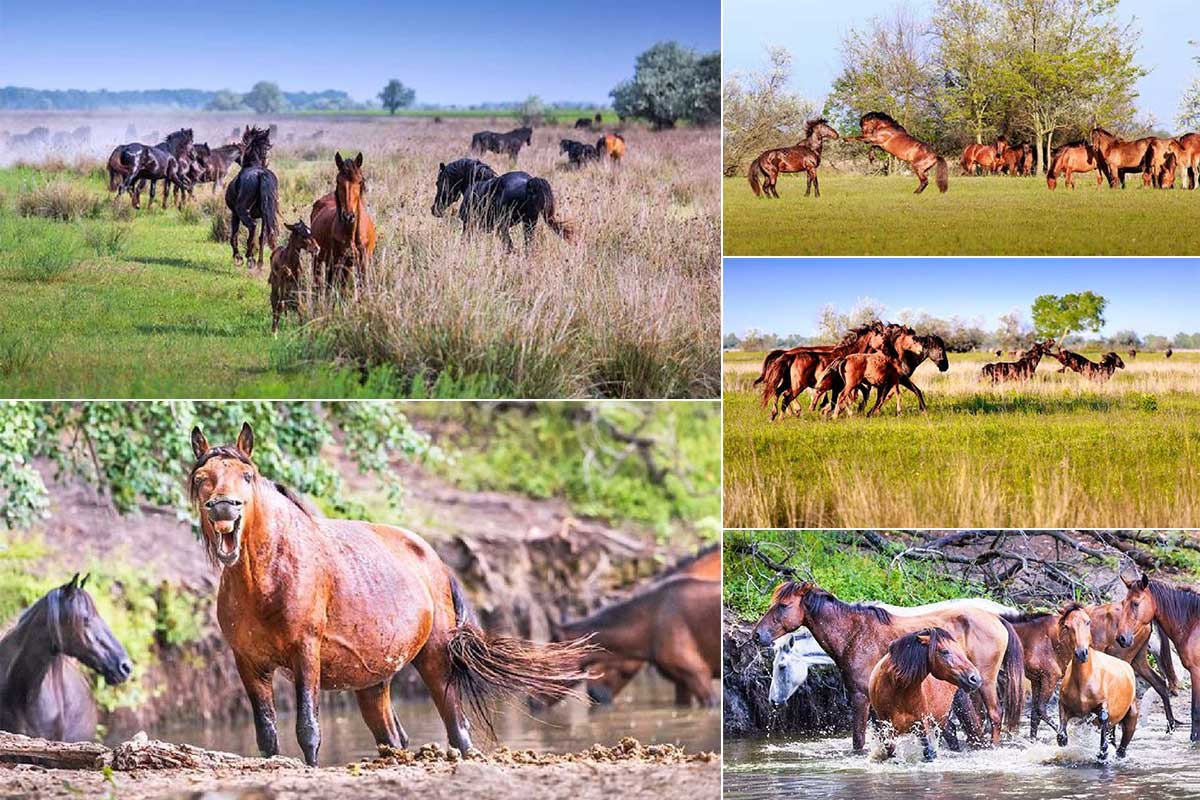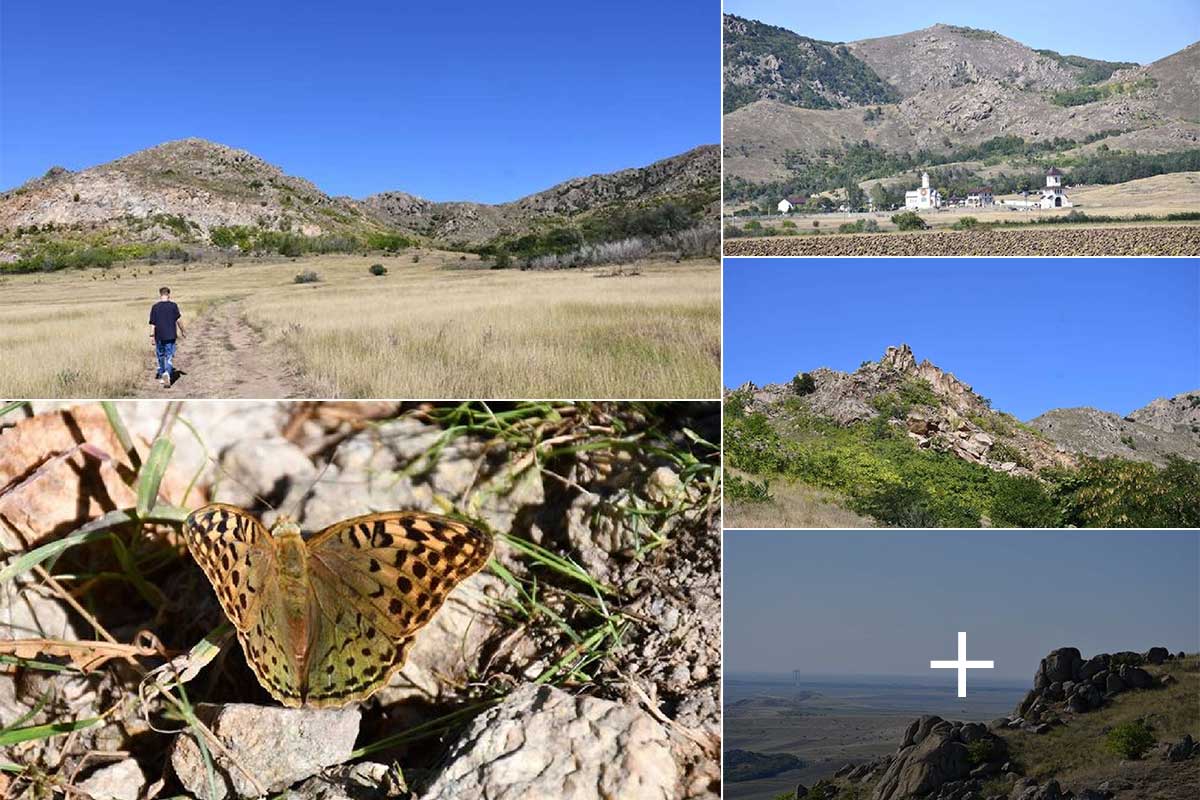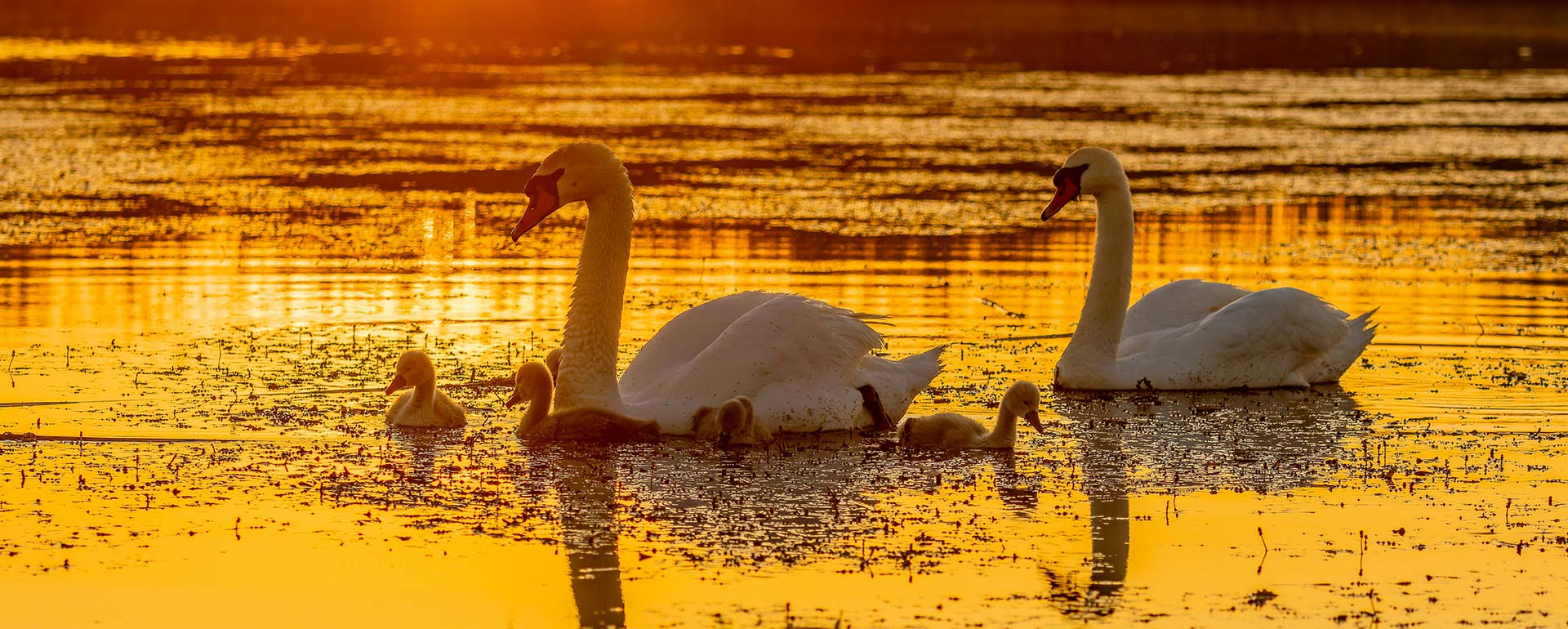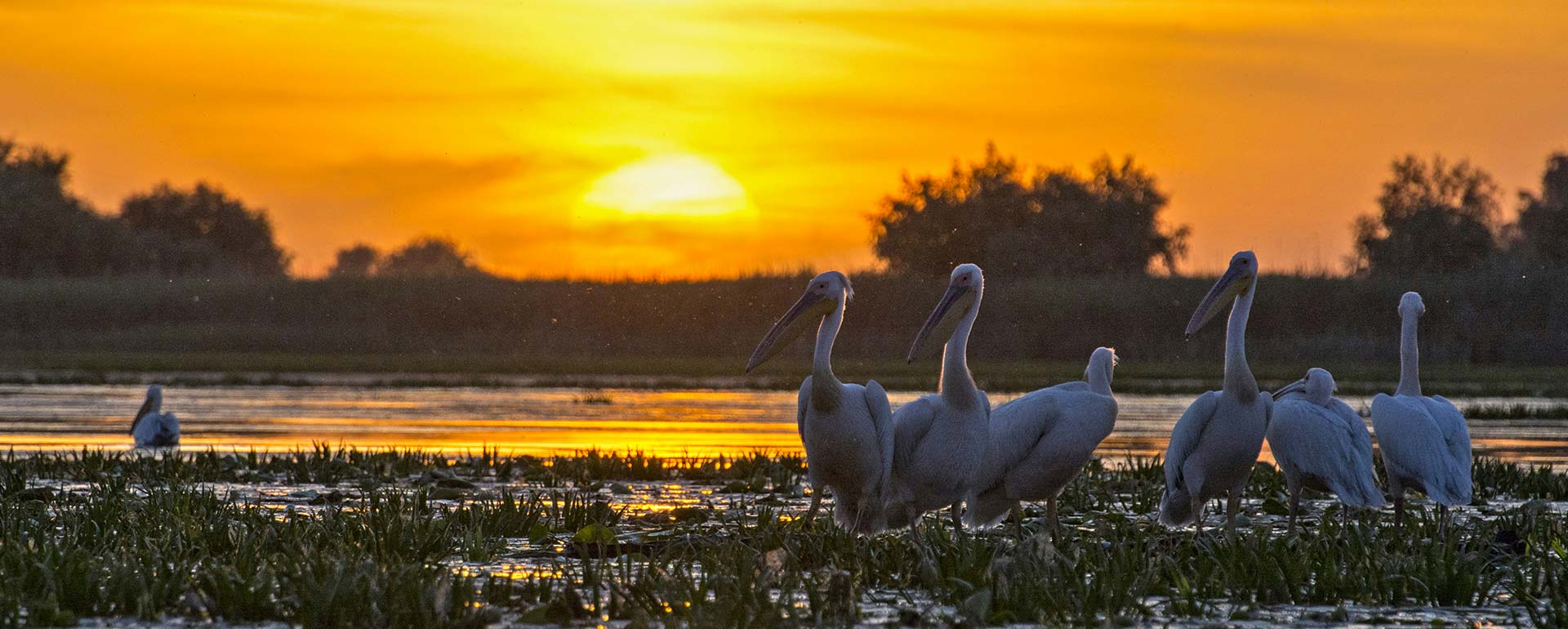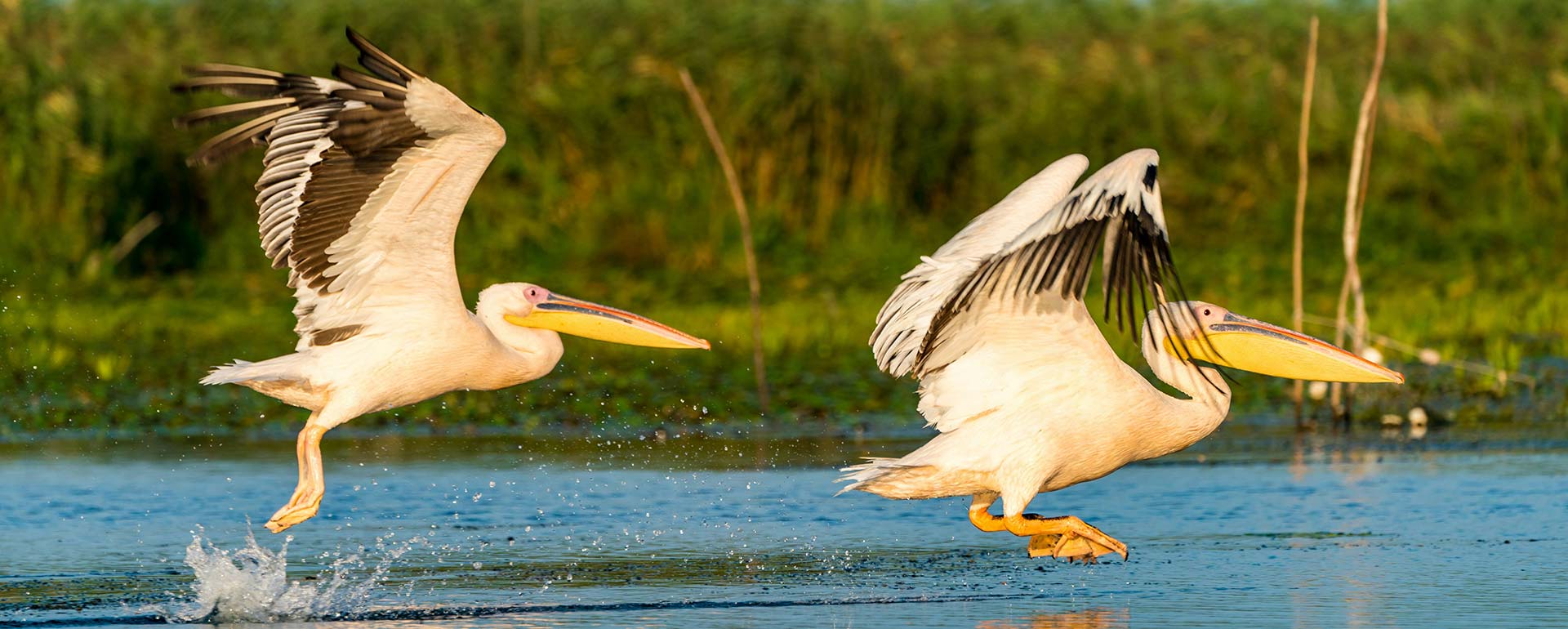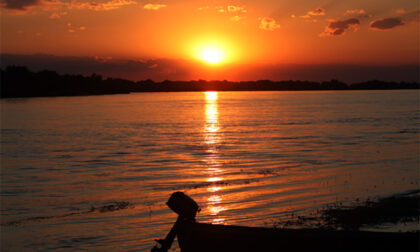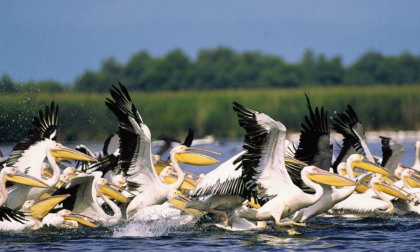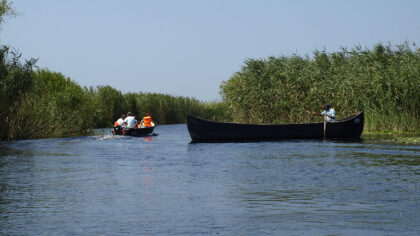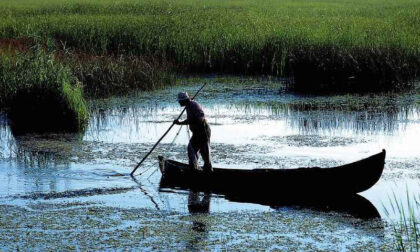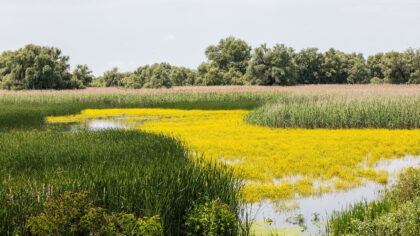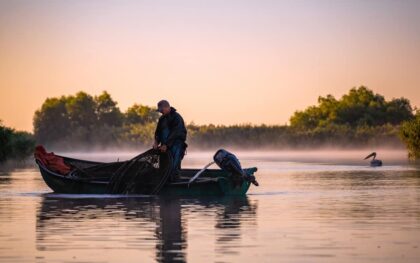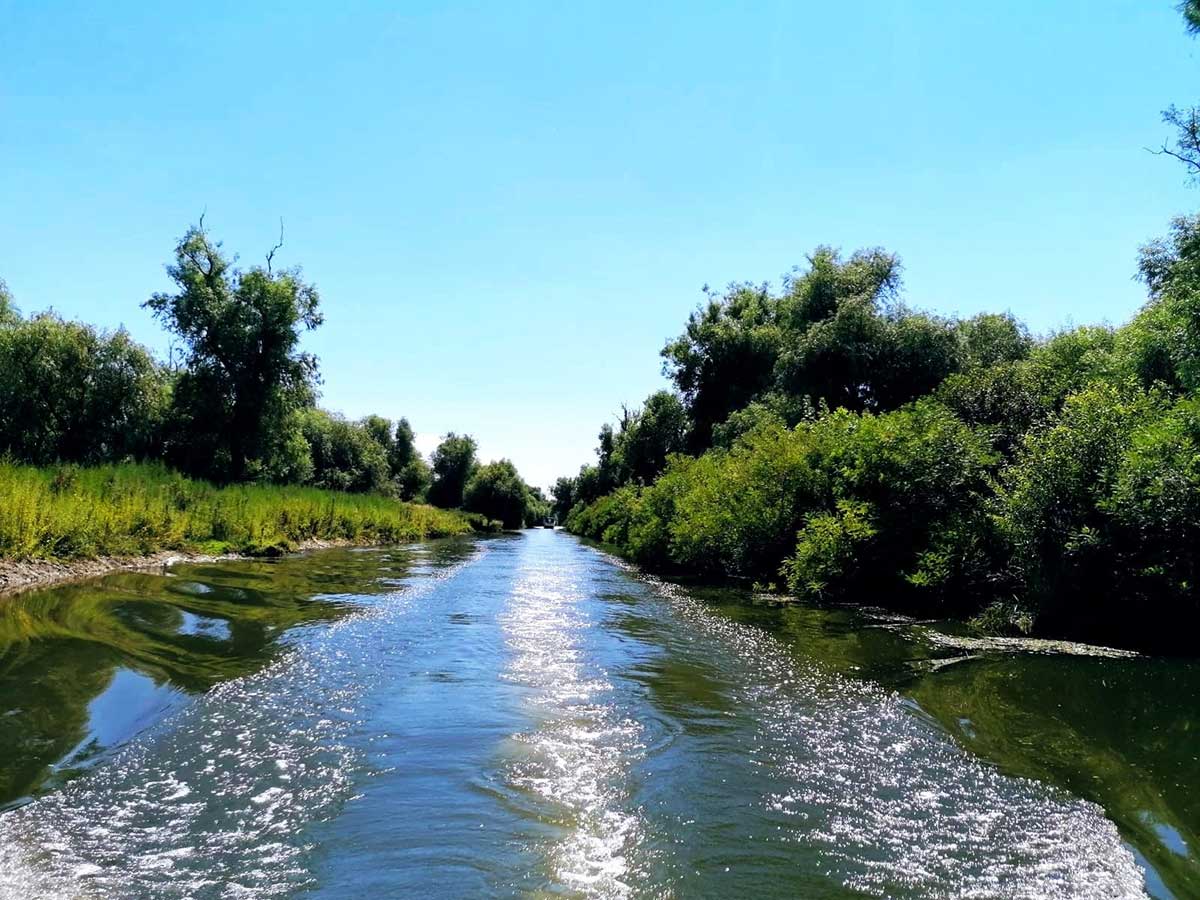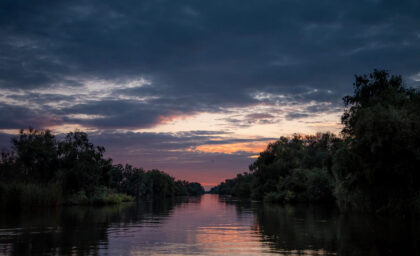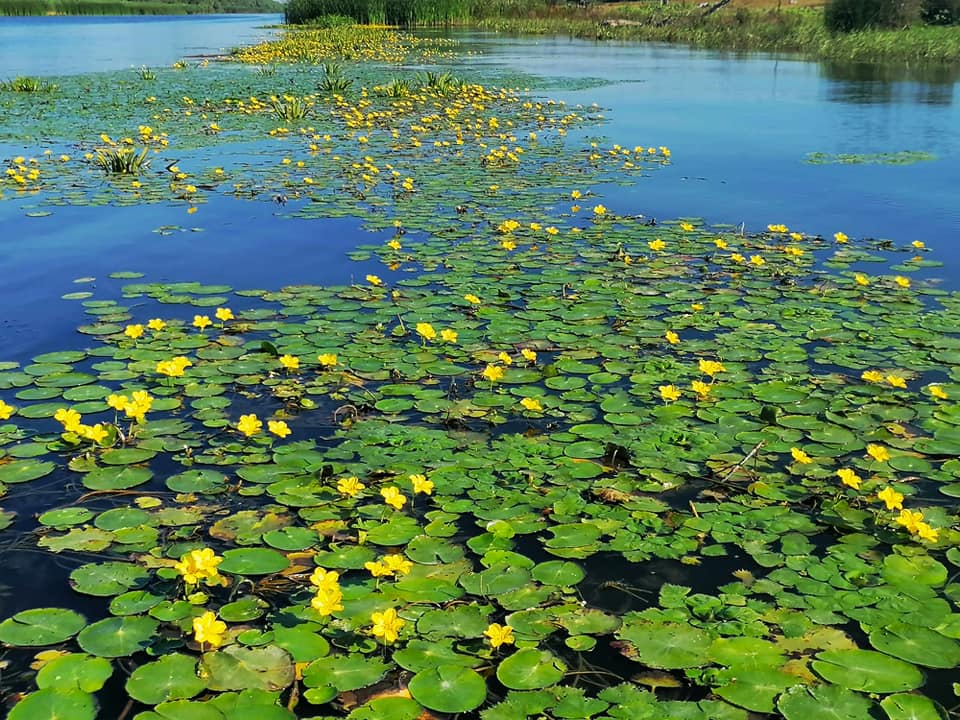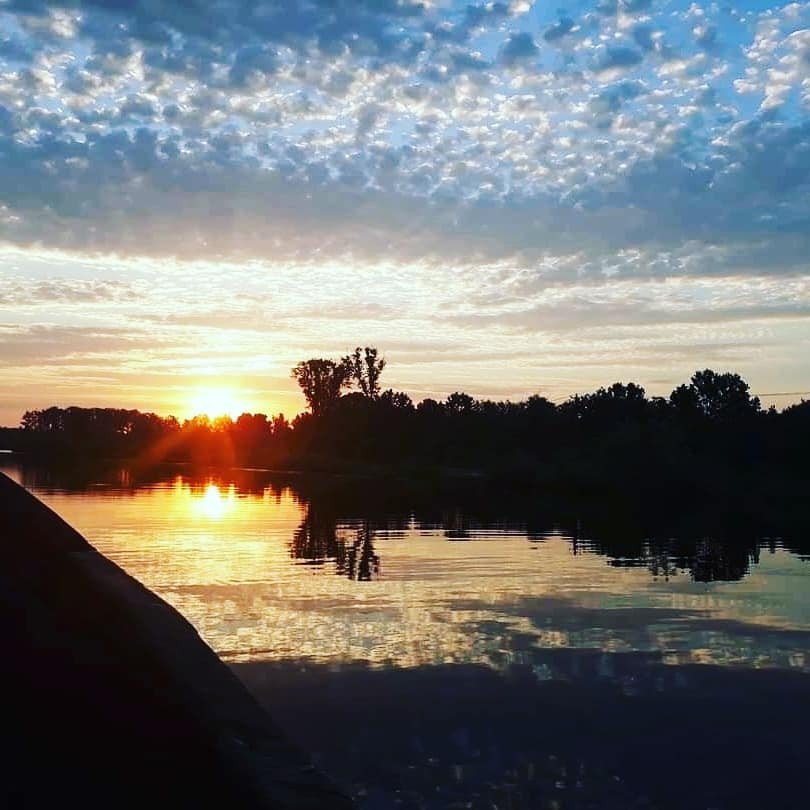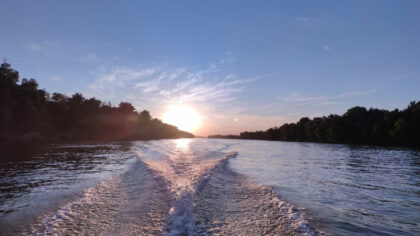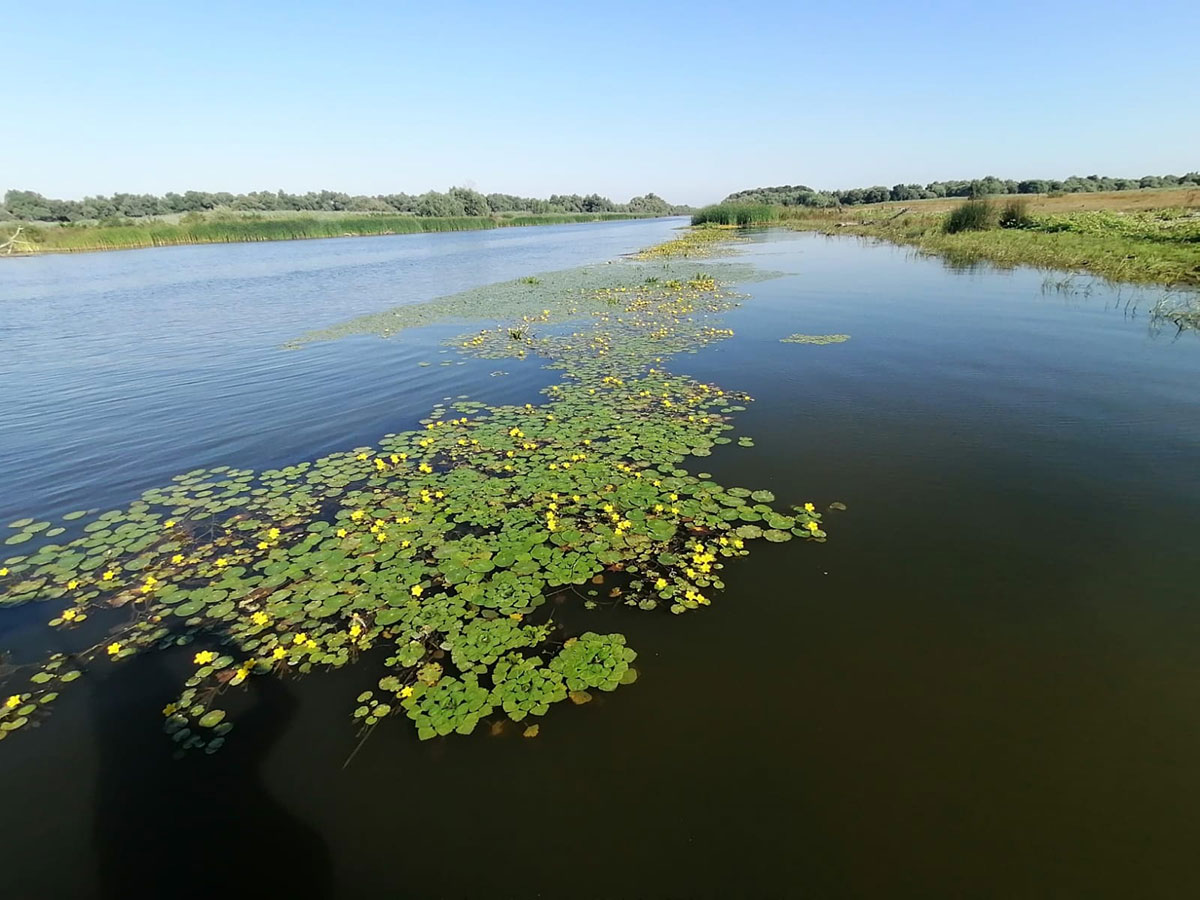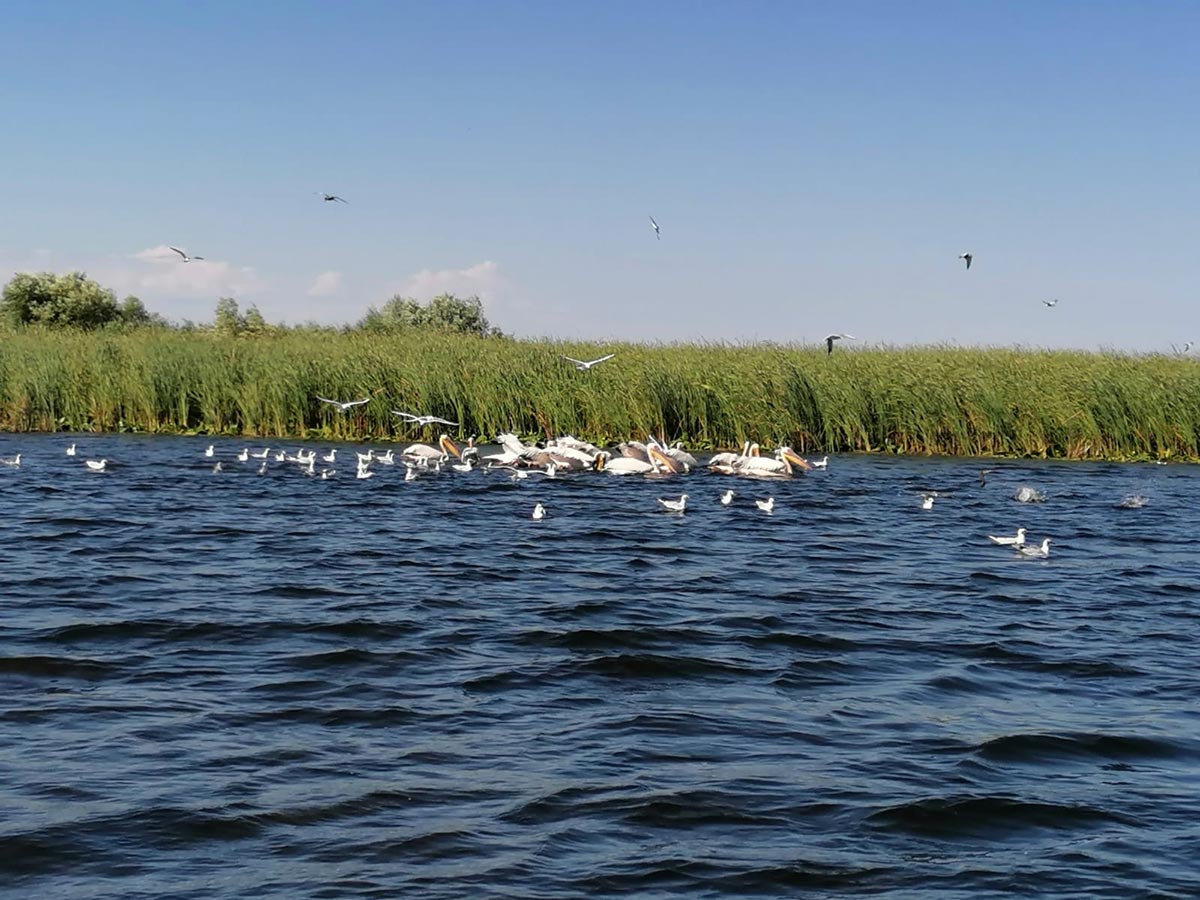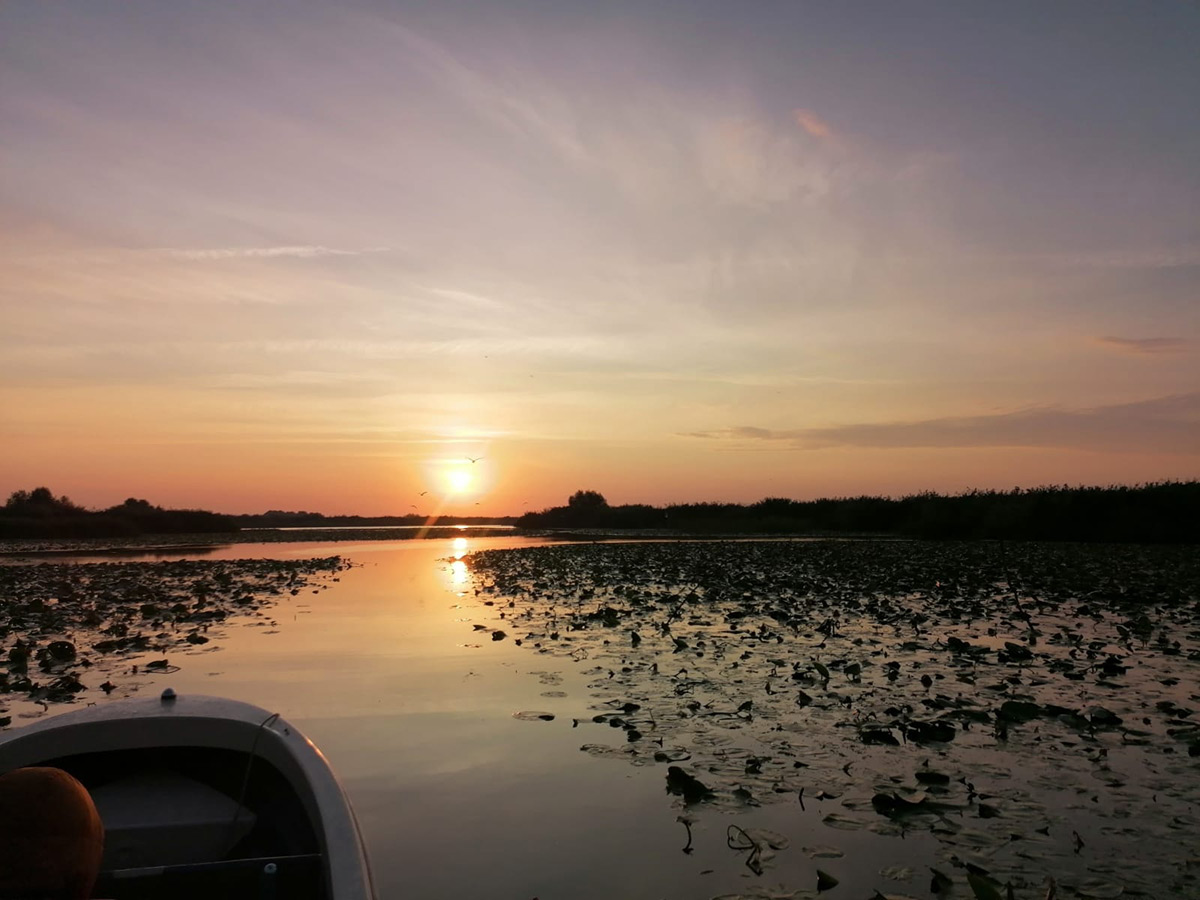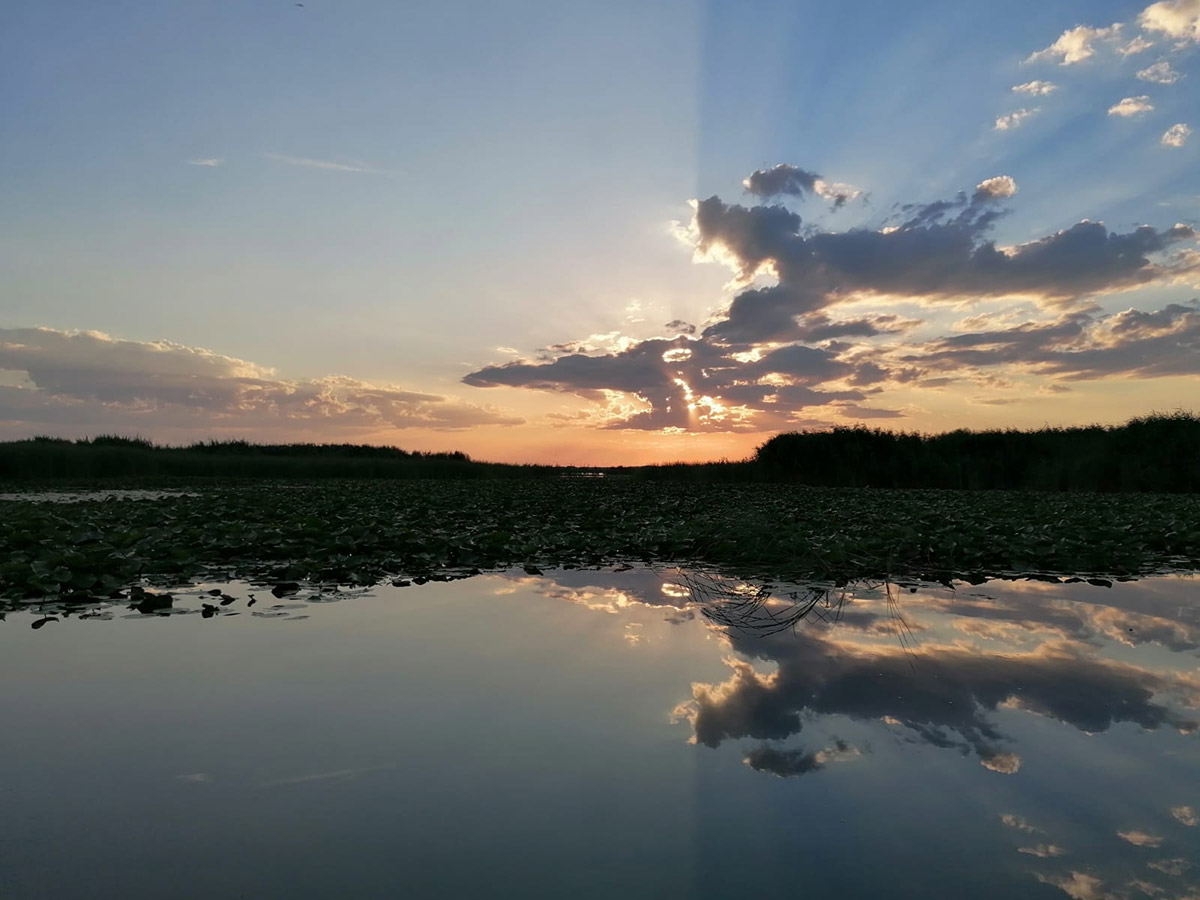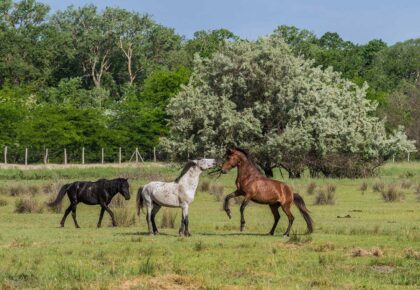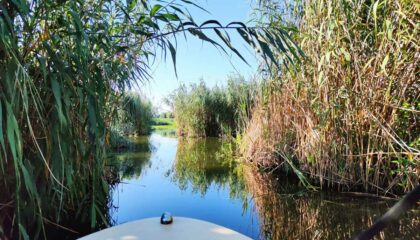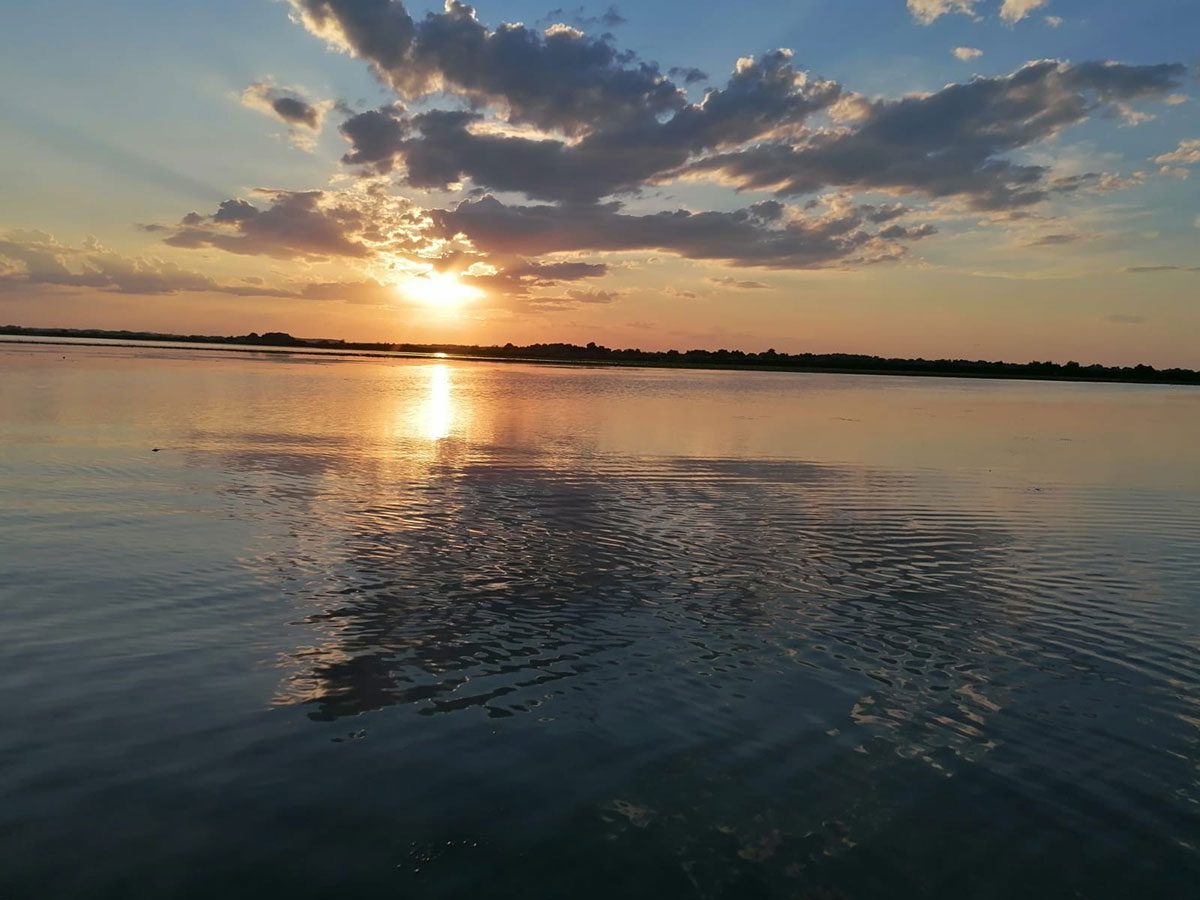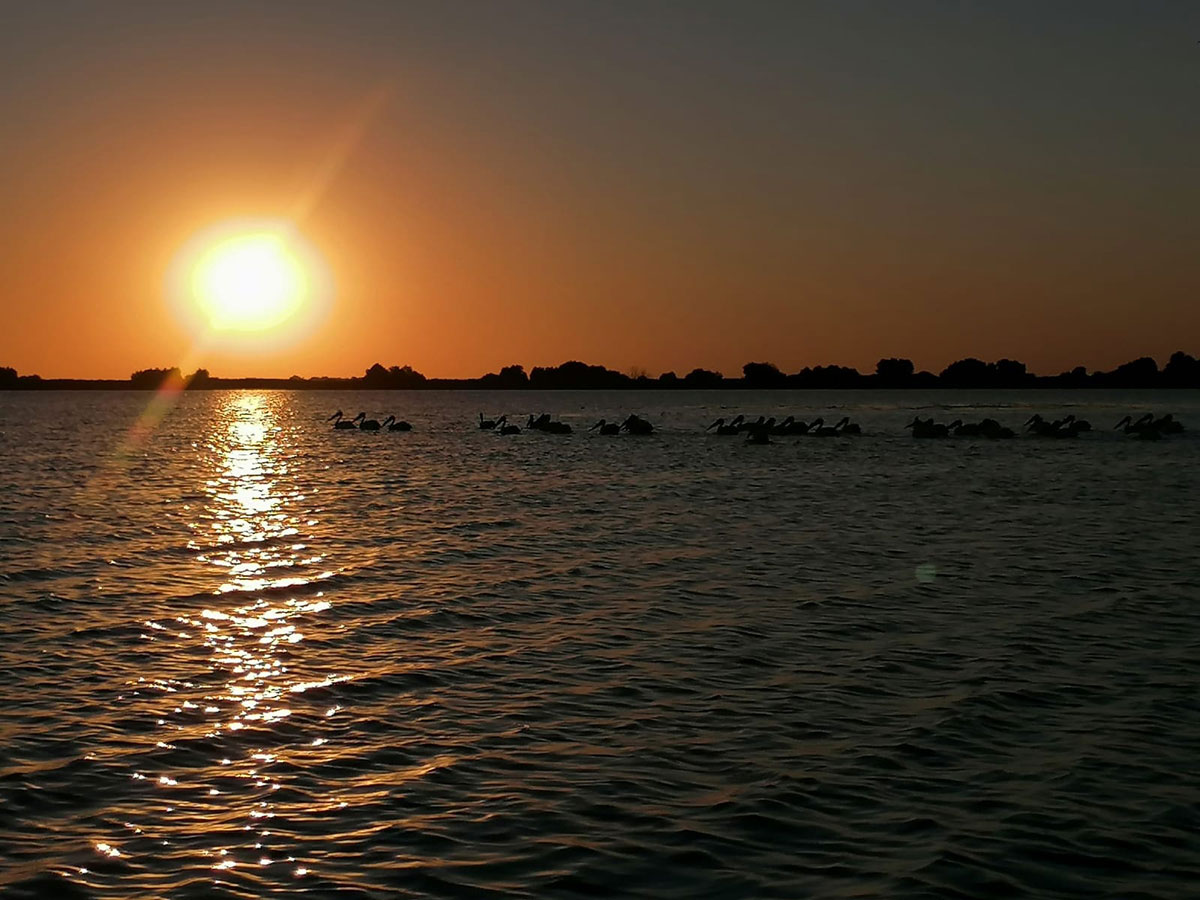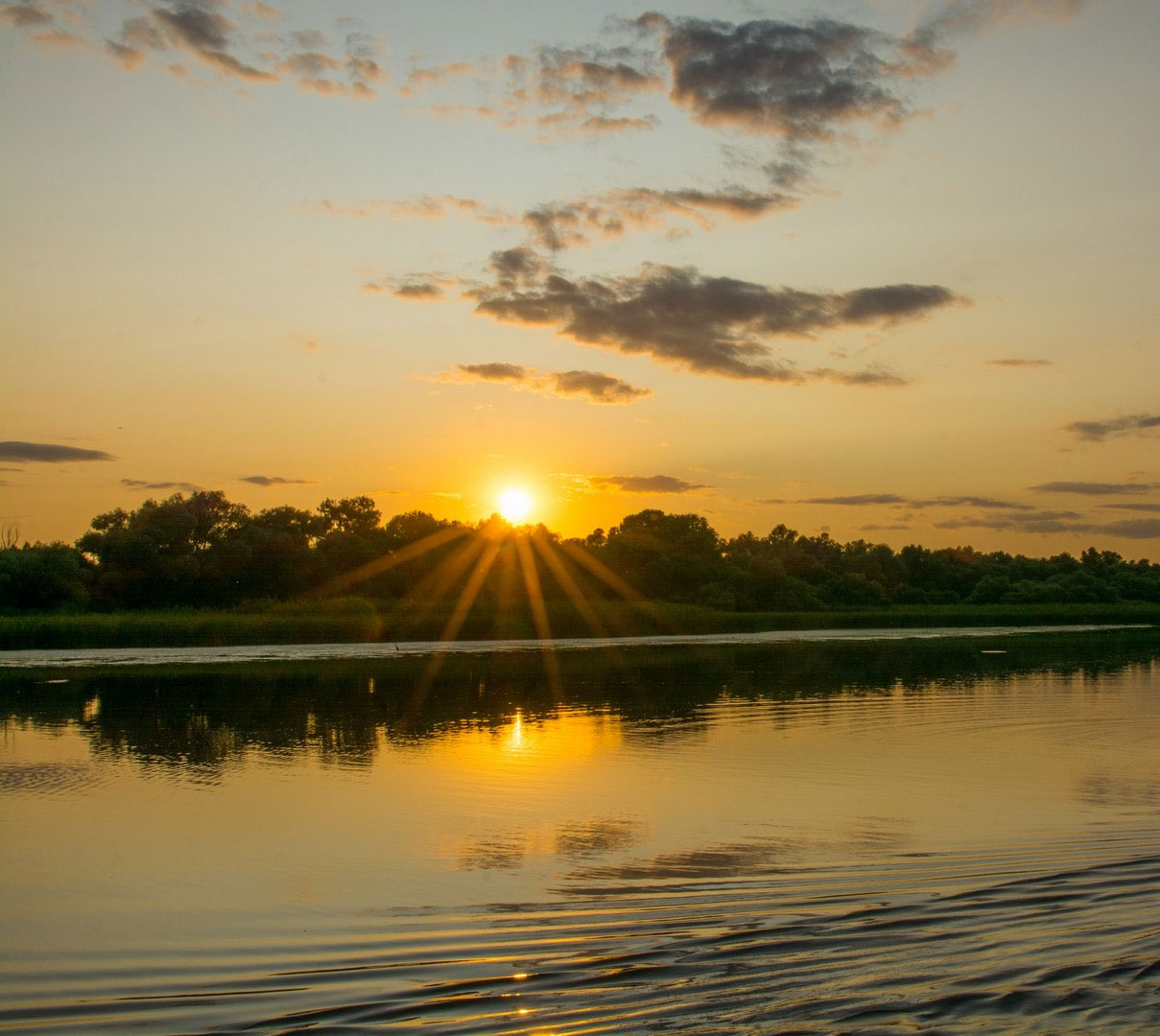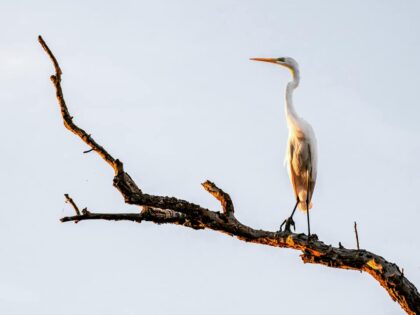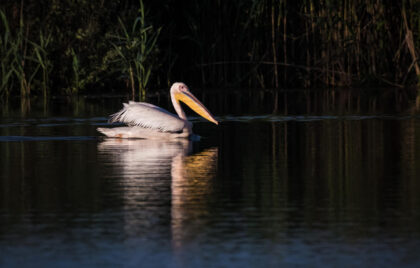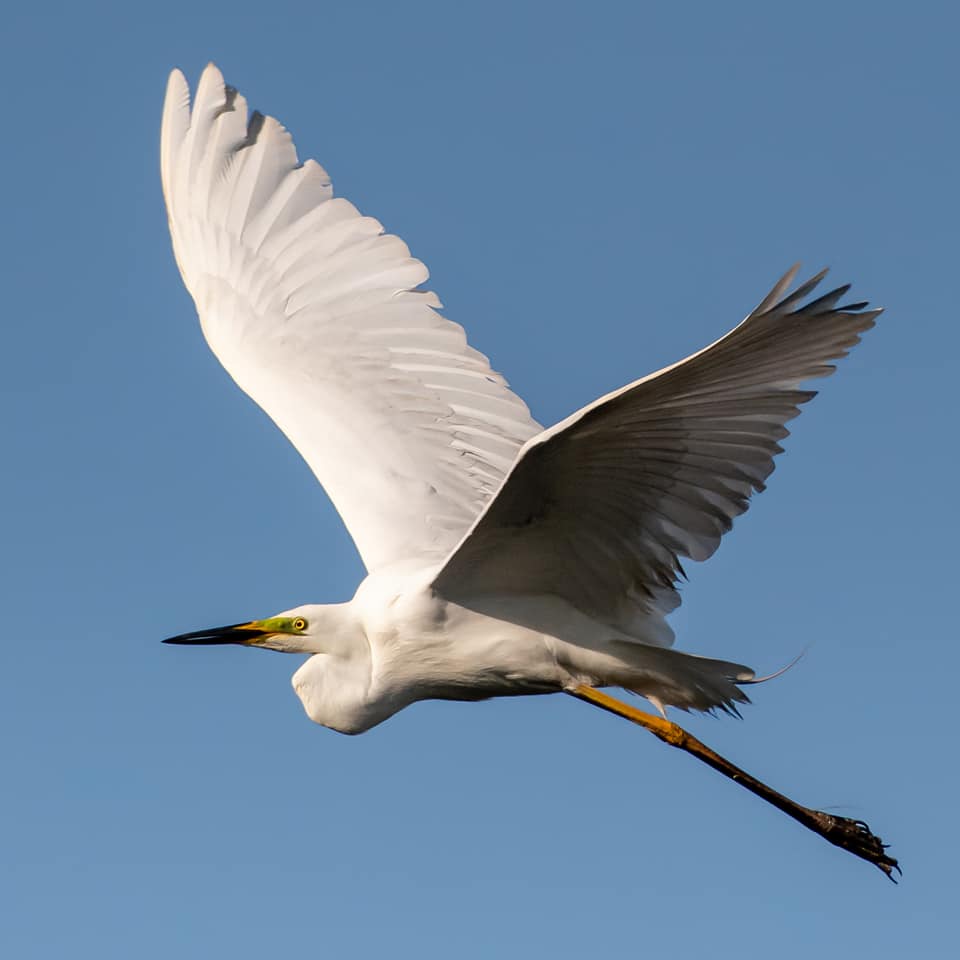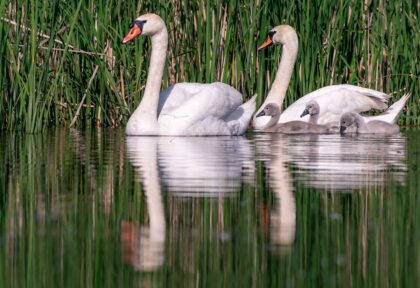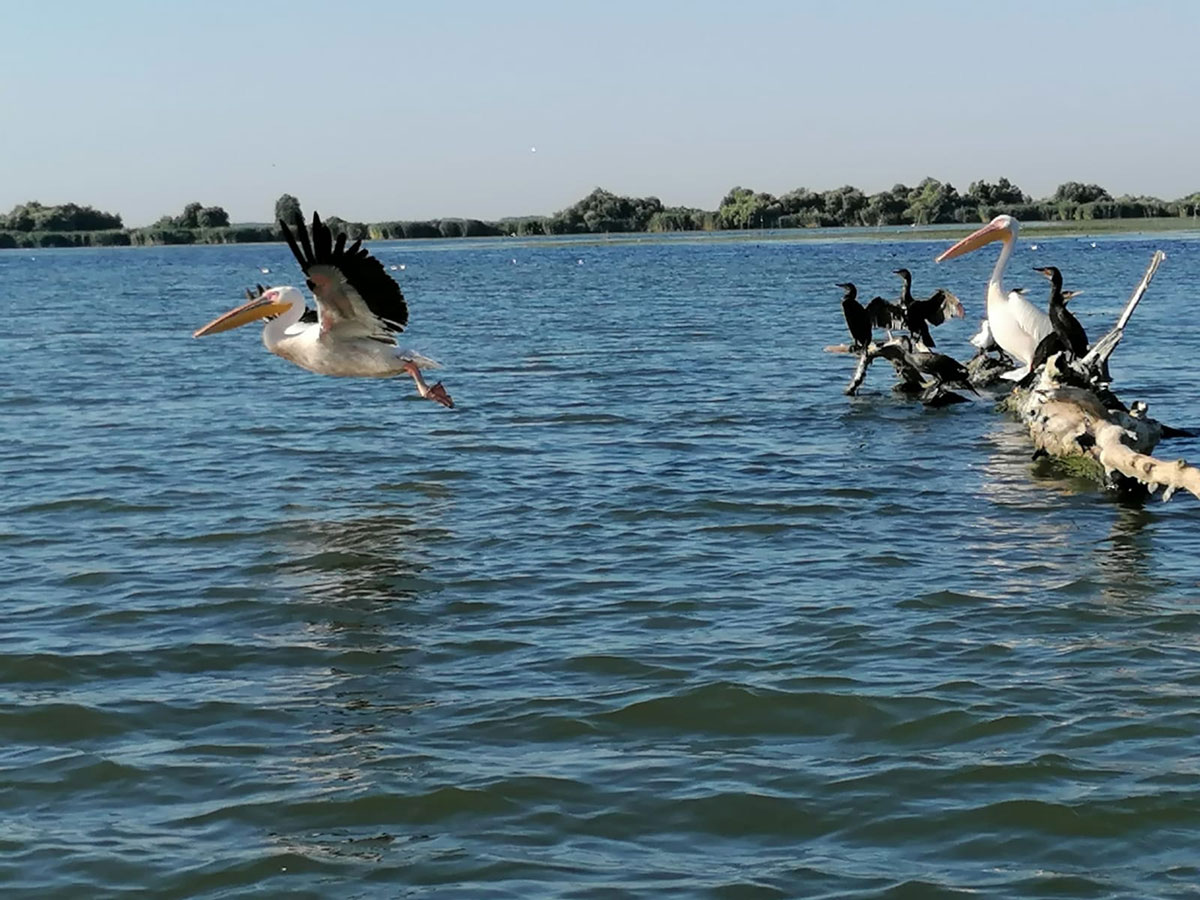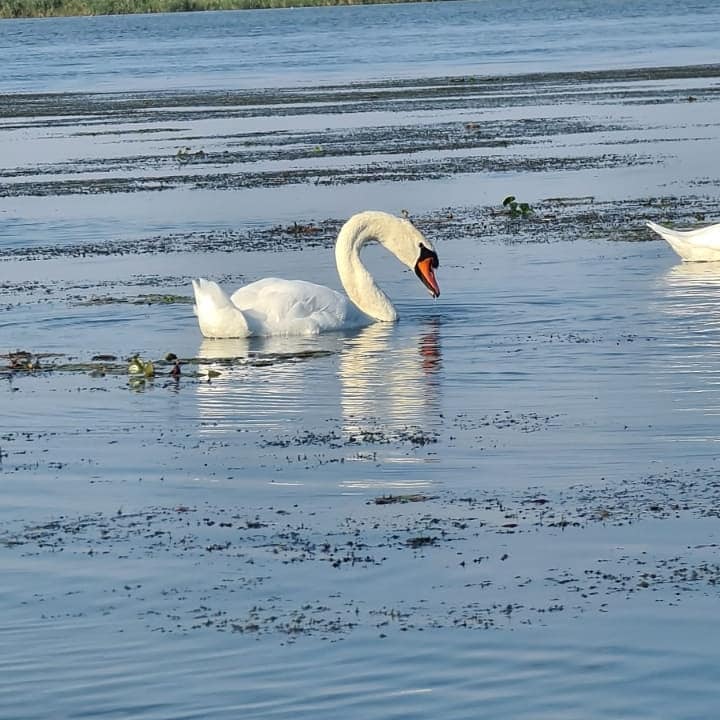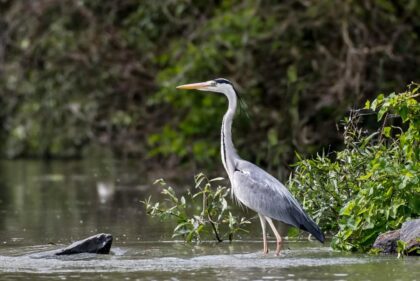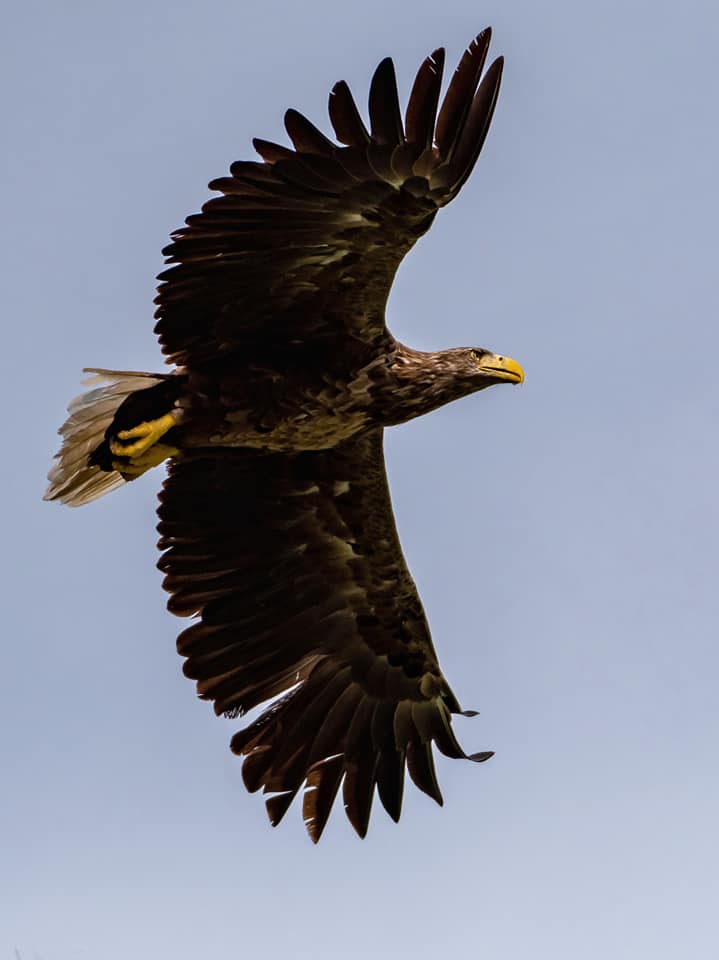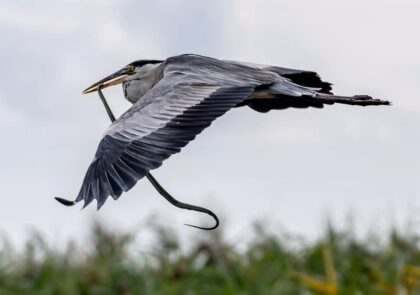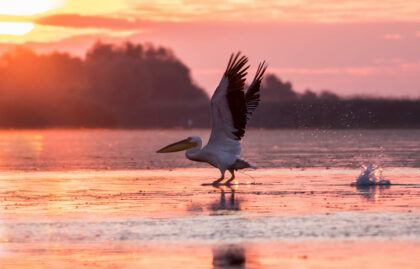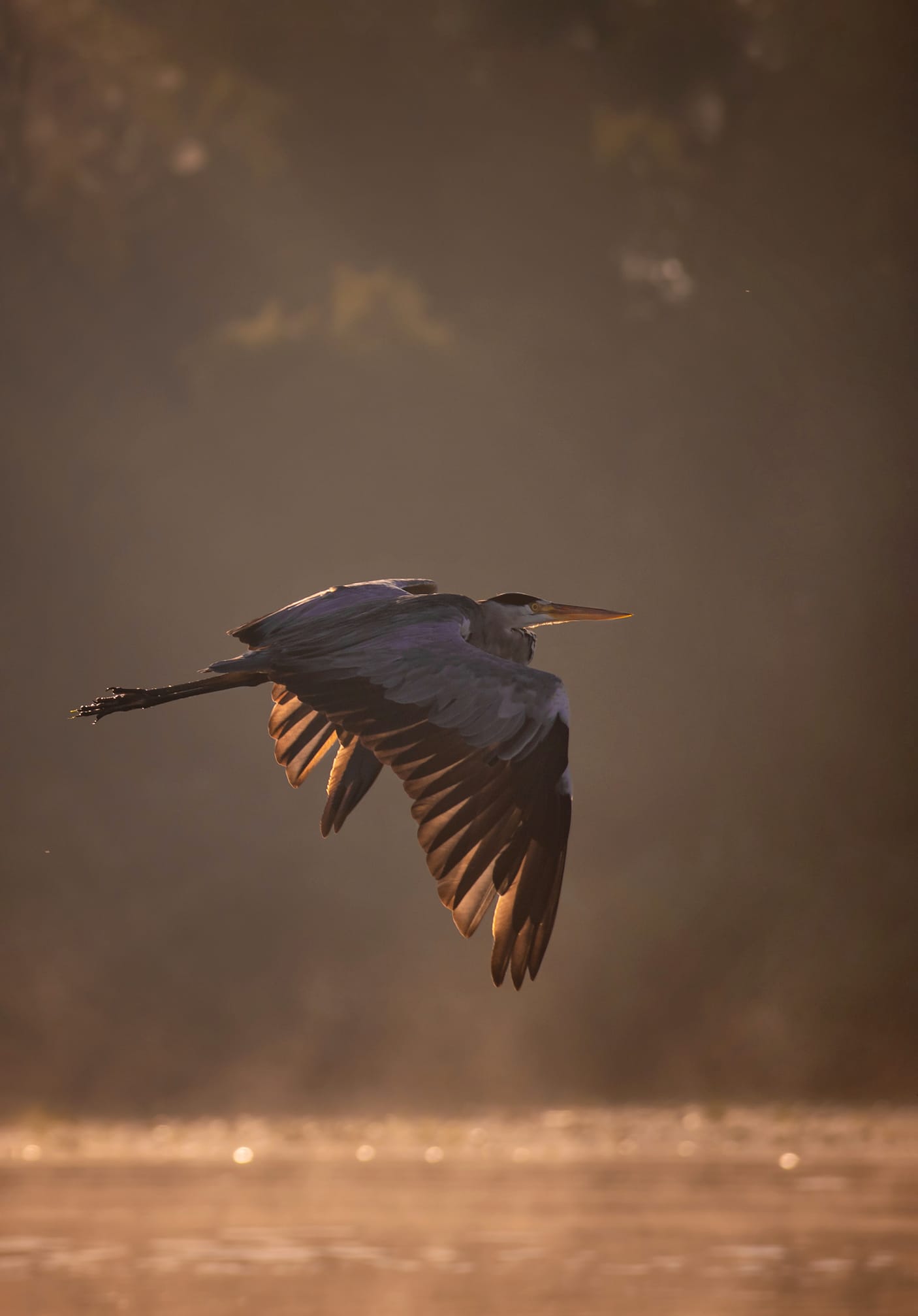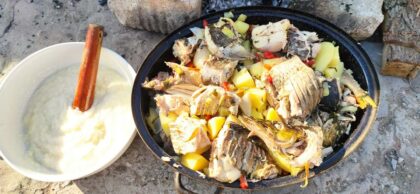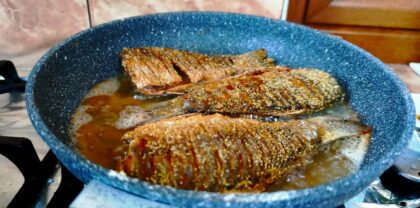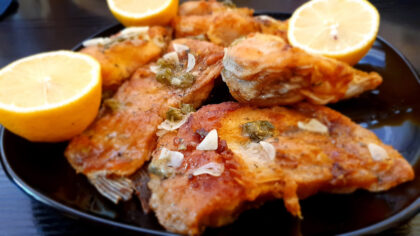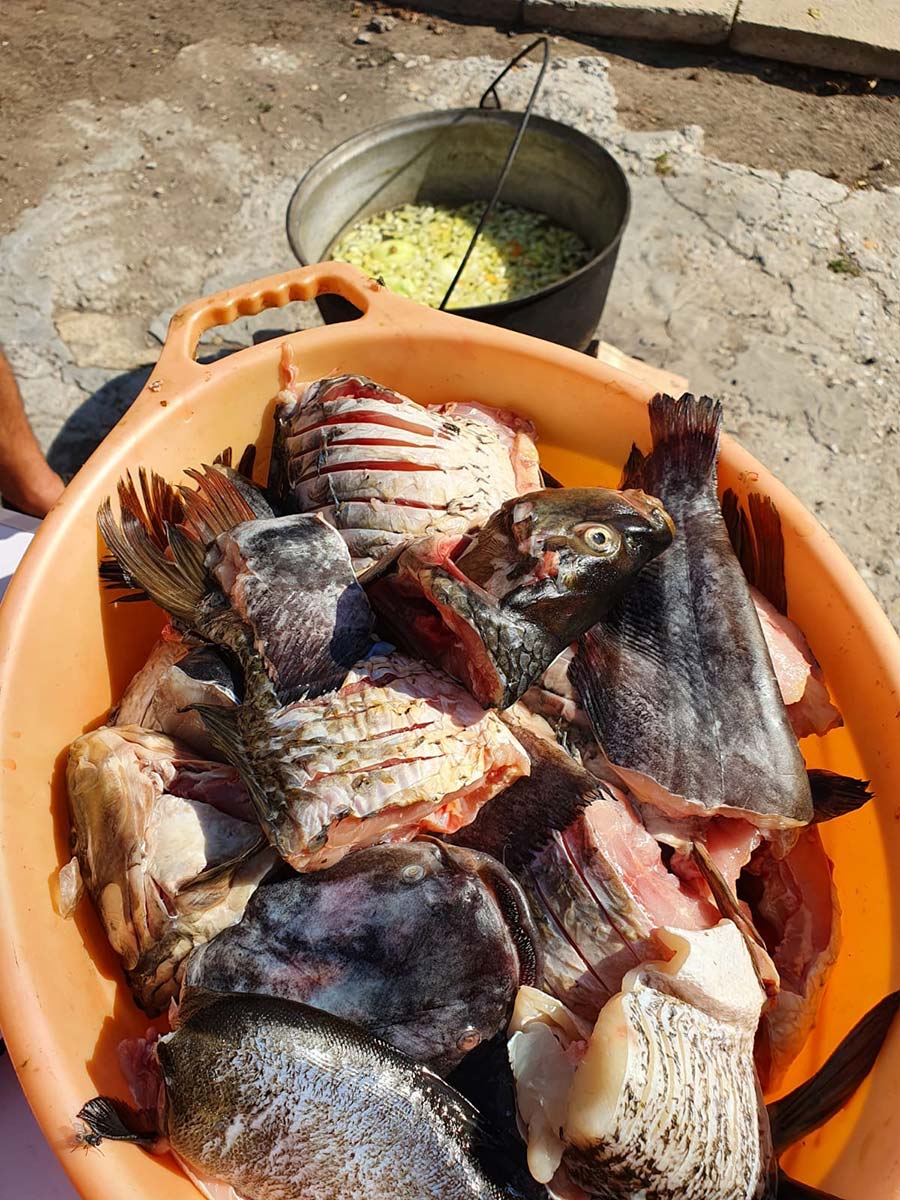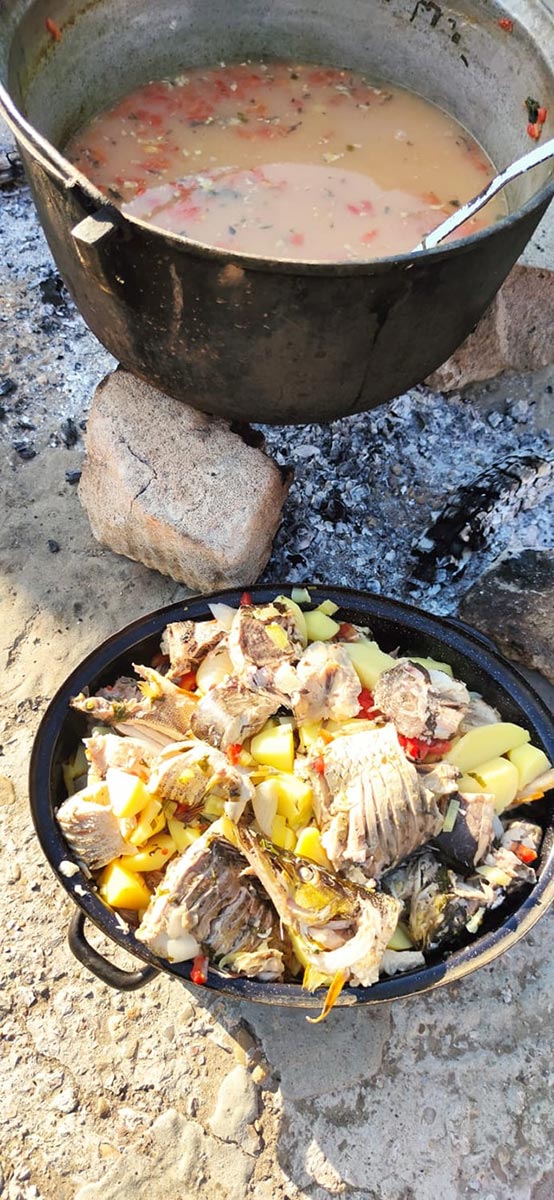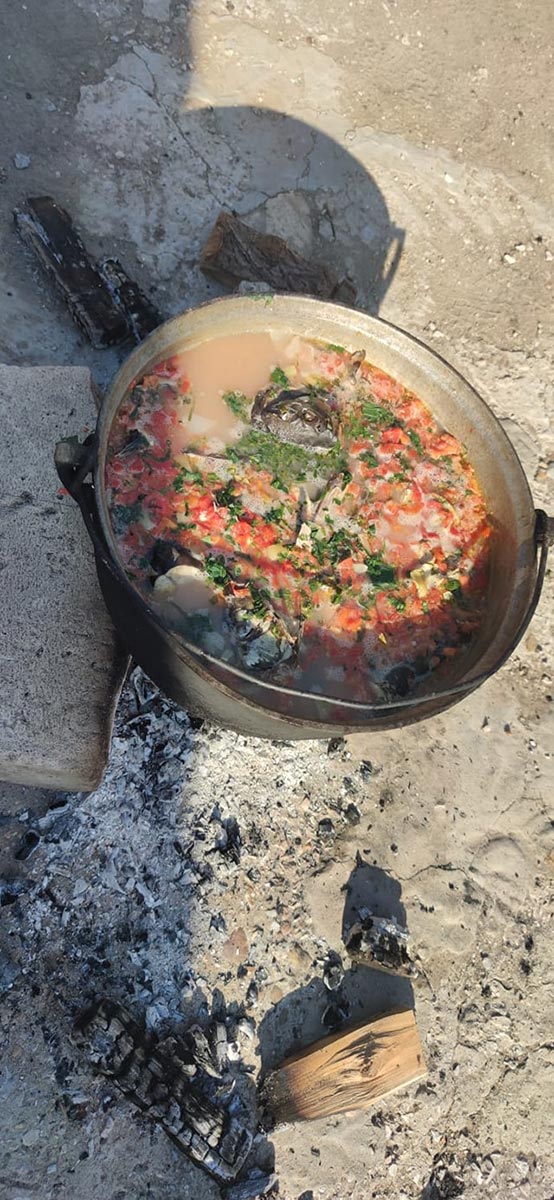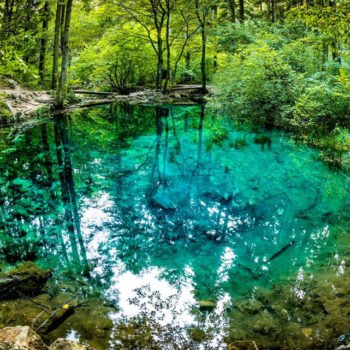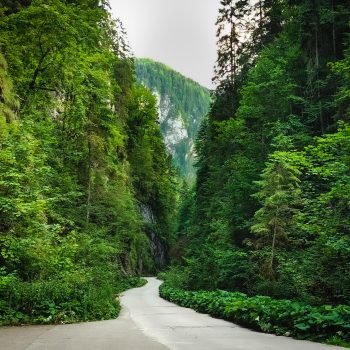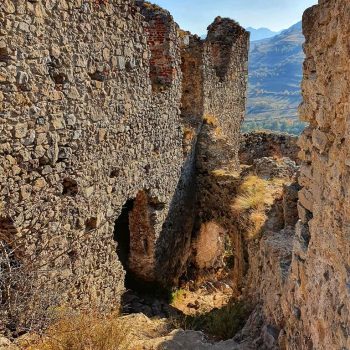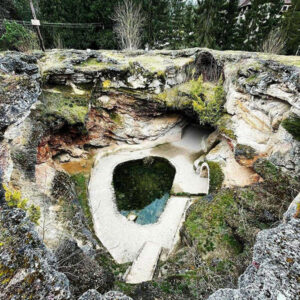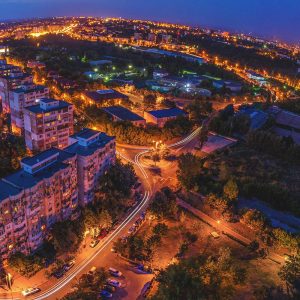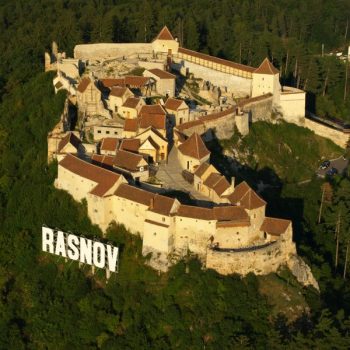Short description: The Danube Delta is an exotic landscape in which one can observe over 1,830 species of plants, 2,440 species of insects, 90 species of molluscs, 11 species of reptiles, 10 species of amphibians, 320 species of birds and around 50 species of mammals, many of which are unique and protected.
County: Tulcea
Website: Delta Dunării
Images: red_frog | plimbari_murighiol
Sulina, the port town on the Danube and the Black Sea
Sulina was already an important river and sea port during the Byzantine and later Genoese and Turkish periods, but has lost its importance today due to the construction of larger ports (including Galați, Braila, …).
The old lighthouse from 1887, some old villas on the quays and the large cemetery are testimonies of this past. Sulina has a sandy beach many kilometers long on the Black Sea. Colonies of pelicans delight the eye, and nature lovers and fishing enthusiasts will also get their money’s worth here. Away from the “wild world”, Sulina is a quiet, peaceful and wonderful place that invites you to relax, with an unfortunately very high unemployment rate of 40%.
More to know
…In addition, about 130 different species of fish live in the waters of the Danube Delta, which are an important source of food for the birds and the mammals living near the water. At the same time, they are a scientific and economic resource.
The Danube Delta is a wild and charming piece of nature where the boats that occasionally cross the labyrinth of canals are the only traces of civilization. If you have not yet been to the Danube Delta, this should definitely be on your next vacation plan. You will have a unique experience, create wonderful memories and enjoy an escape to a fascinating world.
The Danube is the second largest river in Europe after the Volga and it springs from Germany, collecting rivers from up to ten countries on its way. After it has flown through about 2,860 km (1,777 miles) and 4 capitals, it flows over the Delta into the Black Sea.
The Danube Delta is located in the south-east of Romania and borders in the south-west with the Dobruja Highlands, in the north with the Ukraine and in the east with the Black Sea.
Together with the Razim-Sinoie lagoon complex, the Danube Delta covers an area of around 5,000 km (3,186 miles). About 730 km (453 miles) of these belong to the Ukraine. The delta itself has an area of about 2,500 km (1,553 miles) and, thanks to the 67 million clays the river deposits, it grows an estimated 40 m each year. According to scientists, the youngest landscape of this region was created around 13,000 years ago.
The Danube forks into two arms, Chilia in the north and Tulcea in the south, one arm that later becomes the Ismail fortress in Sulina and Sf. Gheorghe unravels.
The Chilia arm forms the border with Ukraine, transports 60% of the waters and alluvium of the Danube, having a winding course on a length of 120 km (75 miles). Along it you can find the settlements: Palazu, Pardina, Chilia Veche and Periprava. With many branches and islands, this is the youngest arm, with the maximum depth of 39 meters. The Chilia arm is used for navigation, the most important ports being Ismail and Vâlcov.
The Sulina arm is located in the middle of the Delta and is being kept for the navigation of seagoing vessels. Along it are the localities: Ilganii de Sus, Măliuc, Gorgova, Crișan, Vulturu, Partizani and Sulina. Many international ships dock in the port of Sulina, but the city itself is small. You will have the impression that you are stepping into another era. After a walk through Sulina, you can walk or take a minibus to the beach. You will be delighted by the fine sand and the beauty of the surroundings. The beach in Sulina is not arranged, but this only increases its charm. While bathing in the clear water, you can admire pelicans, seagulls and sea swallows.
To truly see the wonders of the Danube Delta, you must not miss a trip through the maze of narrow canals. There is no better place for lovers of fish dishes than the Danube Delta. The locals from Sulina will be happy to offer you a culinary experience that will delight your tastes. Don’t miss the fish borscht, traditionally prepared with water from the Danube. From Sulina you can take a few hours tour of the Letea Forest, the northernmost sub-tropical forest in Europe, which became a nature reserve in the 1930s. Wild plants and animals live on strips of land, called hashish, formed between sand dunes.
In Letea Forest you can see oak and meadow ash, white poplar, oak and white lime. In addition, there is an abundance of climbing plants in the area that give the forest an exotic look. In addition to falcons and crows, you will be able to admire up close the famous wild horses from Letea. The Sf. Gheorghe arm, the southernmost, oriented to the southeast, has a winding course of 112 km (67 miles) and carries 22% of the flow. At the outflow it forms the Sacalin Islands considered a beginning of a secondary delta. The sectioning of some meanders has recently reduced the length of the navigable course. Along it you can find the settlements: Nufăru, Mahmudia, Uzlina and Sf. Gheorghe.
Traditional food
Our UiR database: search results for “Danube Delta“










